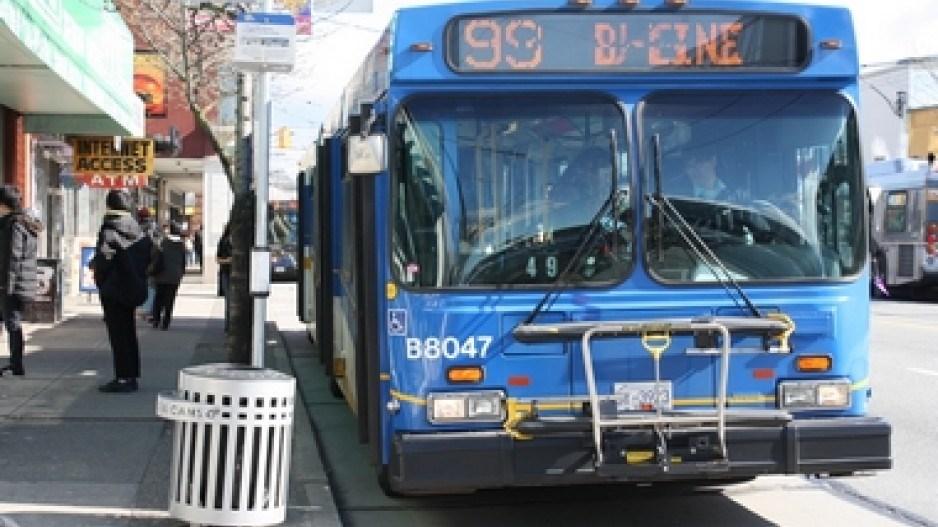A recent column in Business in Vancouver suggested that if the provincial government were to use development cost charges to pay for transit, and make increased density zoning a requirement of transit funding, it would be taking money that rightfully belonged to the City of Vancouver.
But is it not reasonable that those who benefit from transit pay for it?
In March 2015, the Mayors’ Council on Regional Transportation produced a document entitled Regional Transportation Investments, a Vision for Metro Vancouver, which offered a solution for the region. The report discussed several proposed schemes including a Broadway transit line and funding options.
The council followed up this year with a proposal to introduce a new regional fee on urban development in Metro Vancouver by 2020 to help offset the capital costs of regional transportation infrastructure. Potential revenues will depend heavily on where the charge is levied, which types of development would pay, and the rate. There are various options including a low region-wide rate, a higher rate around more intensive transit investments, or a hybrid of the two. Specific rates will be determined in consultation with stakeholders.
In fact, the concept of municipalities funding infrastructure through rezoning for higher density has been in place for many years. The current funding suggestion comes from the Mayors’ Council, not the province.
In Richmond, BC Transit worked with the municipal government to fund the Capstan station on No. 3 Road by allowing increased density (additional units) for a fee, which paid for the station. Initially, if floor area of a project is twice the area of the plot of land on which it is built, the developer could obtain 25% extra density by paying a fee of $7,800 for each unit in the development.
The City of Vancouver has a process in place for sharing in the value increase when a site is up-zoned. Between 70% and 80% of the value increase goes to the city. In some areas such as Southeast False Creek or the Cambie corridor, an amount is set in advance and applied to the gross building area of the development. This is referred to as community amenity charges. This goes to fund civic facilities such as daycares, libraries and infrastructure.
Transit is infrastructure. Any funds raised will benefit the city and its population.
Up-zoning of the Broadway transit corridor will provide those funds. With increasing office development downtown and on West Broadway, proximity to work is preferred by many with ease of accessibility. A panel of office leasing experts at the recent Vancouver Real Estate Strategy and Leasing Conference unanimously stated that companies need to be downtown and that few flee to the suburbs. Their employees need housing at an affordable level, close to work. Hours of productivity and leisure are lost by the need to commute.
The fee for up-zoning would normally go to the city for community projects. Indirectly it still would, as transit is infrastructure. Fees from increased development at transit stations is no loss to the city as it was not necessarily planned. The fees will benefit Vancouver residents and ease congestion on Vancouver streets. Local businesses will see growth to offset increasing property taxes. The city will benefit from significant extra revenue in property taxes.
It is a win-win situation for all. It seems totally logical that funds from increased density should go to fund transit, which benefits the city in many ways. The proposed development levy has been put forward by the Mayors’ Council as the best available method of financing. The mayor of Vancouver sits on that council. There is no civic grab by the province. The transit will be paid for from fees received by the municipality that benefits, not from taxpayers in general. •
Peter Austin is the principal of Austin Real Estate Consultants, a company that specializes in property tax assessment reviews and appeals and appraisals.




